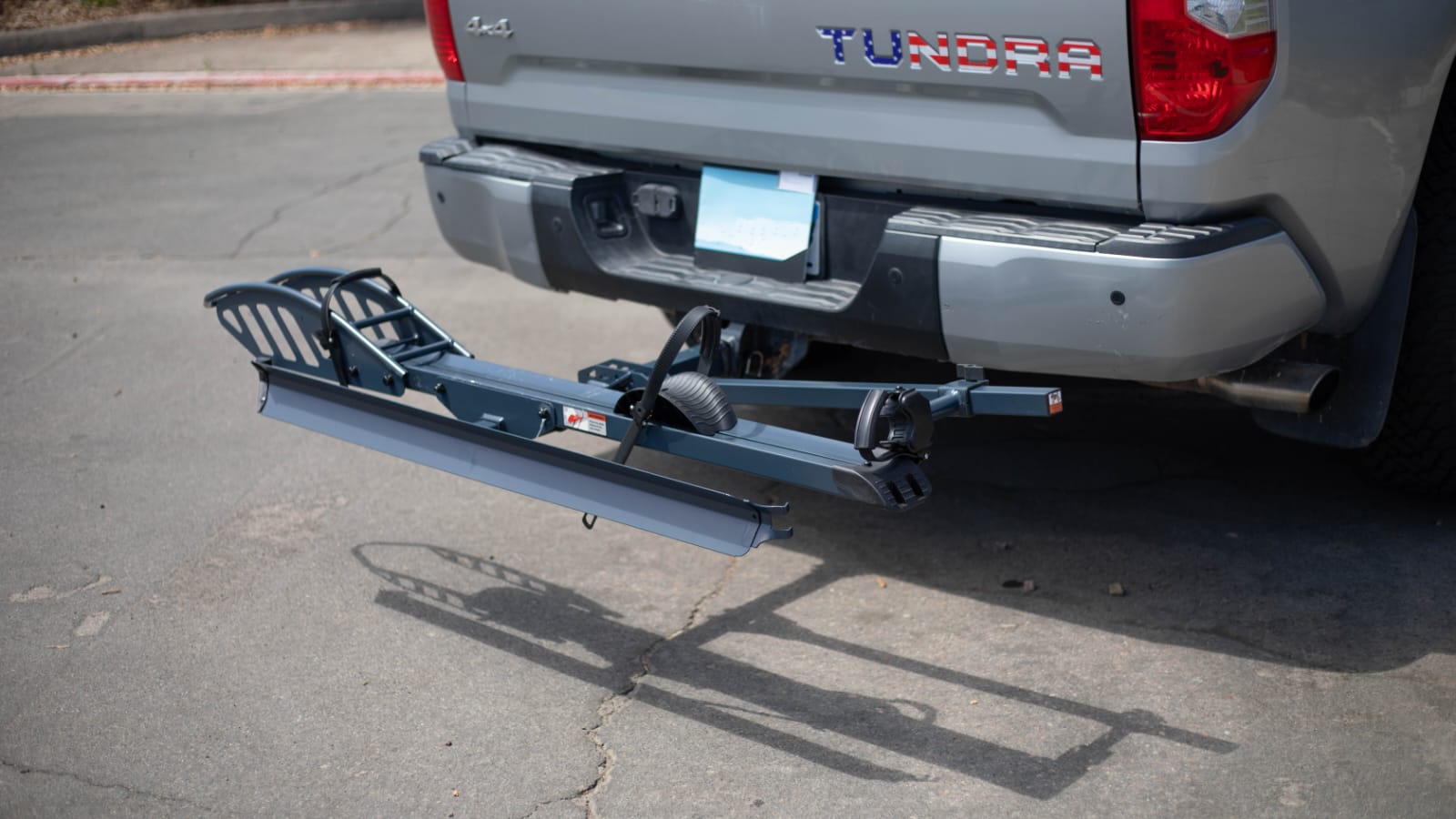A Winter ebike hitch rack remains the most practical way to transport bicycles while on the road. Your bike hitch rack faces exposure to outdoor elements so it gets affected by weather conditions that reduce its product life span. The weather conditions through which your hitch rack operates determine its functional lifetime the most. Wisdom about how multiple weather conditions affect your bike rack enables you to both protect its operational capability and lengthen its functional period.
1. The Impact of Heat and Sun Exposure
Equilibrium exposure to warm climates along with extensive UV radiation represents a major threat to bike hitch rack durability. Materials consisting of plastic rubber and distinct metals experience degradation from the extended exposure to UV rays coming from the sun. The extreme heat generates rust which leads to fading and structural weakening of the bike rack. The bike rack paint develops peel marks while rubber components dry out until they become brittle.
Tip:
Protect your bike hitch rack by choosing shaded parking spaces whenever your car is parked. You should protect your hitch rack with a sun-blocking cover when your summer season begins to defend it from sunshine exposure.
2. Cold Temperatures and Winter Conditions
Freezing temperatures along with cold weather conditions negatively affect bike racks connected to the hitch point. Exposure to cold weather results in materials transforming into unbending substances which reduces their resistance against damage from breaking or cracking. Freezing cold weather allows snow and ice accumulation to damage your hitch rack by inflicting rust and corrosion on its metal sections especially in its joints.
Tip:
The best protection for your bike hitch rack during winter season is storage space either inside a garage or indoors. You should store your bike hitch rack outside only when the rack is both cleaned and dry. The application of rust-protecting coatings will shield your rack by defending it from winter climate hazards.
3. Rain and Humidity
Two conditions of rain and humidity act as significant weather factors that decrease the expected lifespan of bike hitch racks. The constant presence of moisture results in metal rack corrosion and rust formation. Water can penetrate small spaces of bike racks which later turns into mold and mildew growth particularly on rubber and fabric materials if left unchecked.
Tip:
A proper cleaning routine and complete drying process should follow every rainfall you experience while using your bike hitch rack. Regular checking should be done on the rack for rust marks with protective coatings being applied to metal sections to stop moisture damage.
4. Dust, Dirt, and Sand
You need to consider dust and dirt effects on your bike hitch rack if you live in a dry or dusty place that has sand exposure. Dust along with sand collects inside moving parts and joints which generates wearing friction that damages equipment materials little by little. Wear and tear of your bike hitch rack will intensify together with problematic adjustments when such events unfold.
Tip:
It is essential to perform regular cleaning on your bike hitch rack whenever you use it in locations where dust and sand accumulate. You should apply a lubricant to moving parts to enhance smooth operation while using a soft brush or cloth to get rid of unwanted debris.
5. The Importance of Regular Maintenance
The life span of your Winter ebike hitch rack depends heavily on periodic inspection regardless of weather conditions. Conduct regular inspections of your rack for all signs of wear whereas rust and damages must also be checked. Inspect both straps and clamps and hardware components for proper working conditions to extend the life of your bike hitch rack.
Periodic lubrication of metal parts along with maintenance of moving components free from dirt and debris will help extend the lifetime of your bike hitch rack. Store the rack inside sheltered dry areas whenever you need to keep it away from elements.
Conclusion
Normal environmental conditions have a major impact on the overall durability of your bike hitch rack. Learning the material reactions to heat, cold, humidity, rain and dirt helps you protect your bike hitch rack which results in extended service life. Your bike hitch rack will stay functional for extended periods if you perform regular cleaning tasks and store and maintain it properly. Every bike owner living in any climate should practice proactive rack care to maintain their rack in top performance for each bicycling adventure.
Remember:
Slight attention toward weather-related damage leads to strong protection for your investment and safe travel for both you and your bicycle.



